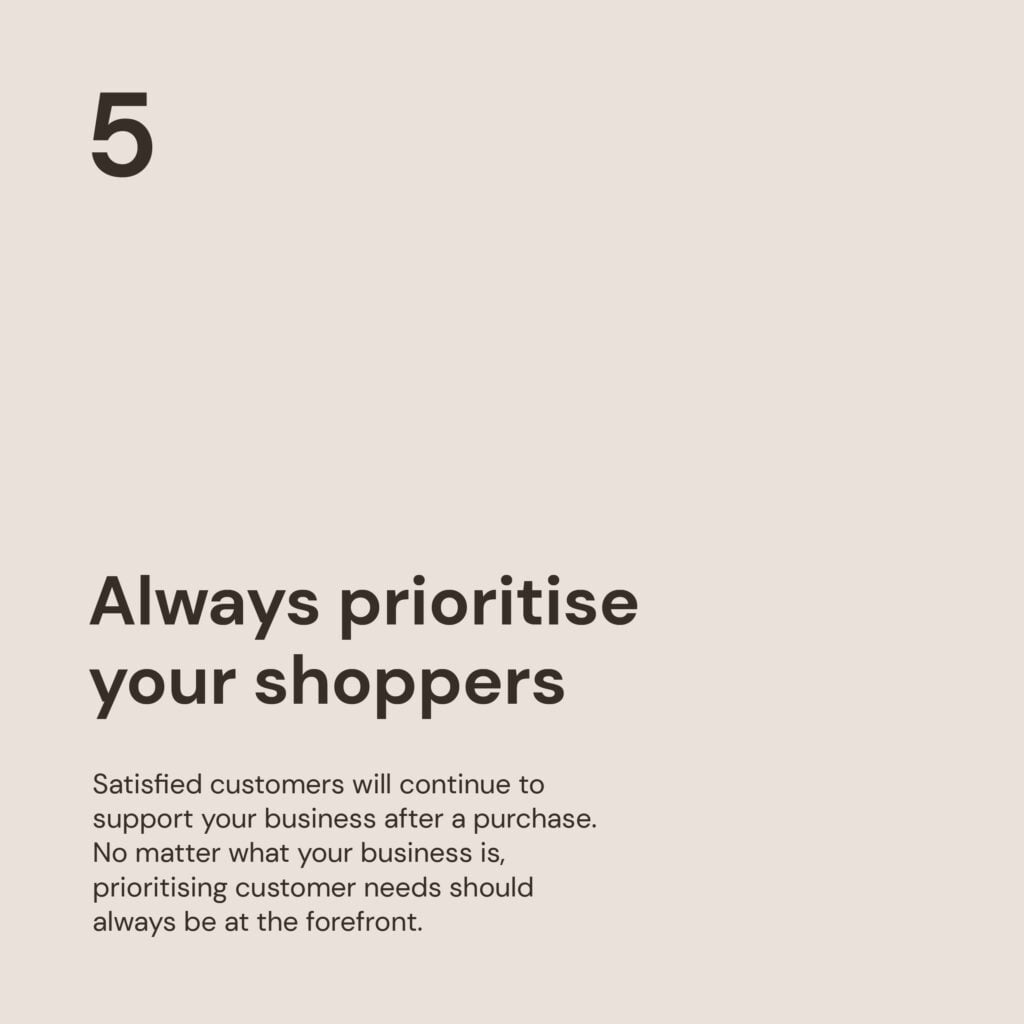Running a small business presents numerous challenges, with a potentially endless list of tasks. Luckily, Pedddle is always here to help you, so here’s a streamlined list of considerations to keep your business on track. We’ve put together 5 simple ways to keep your business growing sustainably, so that once you’ve done the prep-work, you’re good to go for the long-term!
5 simple ways to keep your business growing sustainably
The graphics below give a brief overview – we recently posted these to our Instagram too! Make sure you’re following @PedddleUK to see useful content like this.
Here’s more detail on our 5 Top Tips:
1. Stay flexible
In ever-changing customer markets, with ever-changing technology and social media, it’s crucial to continuously adapt to your customer’s needs.
There are many ways you can do this, but being open to fresh ideas and perspectives is key to your business’ longevity.
How can I do this? Well, gaining customer feedback would definitely help with this.
You could do this by:
- Sending out regular surveys and questionnaires to your customers, perhaps after a purchase and include a ‘suggestions’ section.
- Ask for reviews. Monitor reviews on platforms like Google, Yelp, and social media, and add them to your socials and website – this nurtures your customers by creating trust, too.
2. Automate where possible
Don’t be afraid to automate! Automation can save time and prevent overlooking minor details in repeatable tasks.
Automation can come in a variety of forms, from using something like ChatGPT to provide you with blog content, to automated Instagram responses.
Consider funnelling your customers via something like ManyChat, which automates your chats, or social media scheduling platforms like Planoly can be useful in automating your social media posts. Although presence and engagement is still vital for social media success, this can alleviate some of the pressure, especially in school holidays or if you’re having a break from the socials yourself for a week or two. This way, there’s no need to announce it as such, you could just keep your posts going if you’re worried about being absent from the grid.
Depending on your business model, you could also use a Customer Relationship Management (CRM) system to track customer interactions and preferences.
3. Make it personal
Customers appreciate the personal touch that small businesses provide, and this is one of our biggest selling points! Small businesses can provide a much more personal service, which big businesses simply can’t compete with.
Consider ways to add small details that make your customers feel valued. Some suggestions are:
- Customised offers. This can be as simple as inserting people’s names in your emails (there are functions to collect and use this data with most email newsletter providers), or personalising discounts and recommendations based on things they’ve bought previously.
- Loyalty programs: Implement loyalty programs that reward your repeat customers and encourage long-term engagement with your business.
- Flexible services: Consider offering customisable products or services to meet specific customer needs; this can be adapted whether you have a product or service-based business. Think outside the box!





4. Look at the Data
As it states in the graphic above; don’t avoid the numerical aspects of your business. These numbers can promote growth, so regularly review and compare your analytics. Use Google Analytics, check your finances, don’t be afraid to know your numbers!
Checking the data can also include:
- Purchase history – analyse your customer’s purchasing patterns and understand their preferences. For example, buying a certain type of product may lead them to buy it in a different colour, style or pattern, or to buy a complimentary product from you.
- Website analytics can help you understand how potential customers are interacting with your online presence.
- Support requests. Have your customers frequently asked about product care, maintenance or some form of usage? Review the questions you’re often asked about the materials or use of the things you’re making, which will help you to identify common issues or areas for improvement.
5. Prioritise your customers / shoppers
Regardless of your business type, always prioritise your customer’s needs. Satisfied customers will continually support your business. The list above all ties into this, and ultimately ends in customer satisfaction!
A happy customer is a repeat customer.
Are you a small business owner looking for a like-minded community?
We offer regular content like this, and much more over on the Pedddle community – click here for details!
